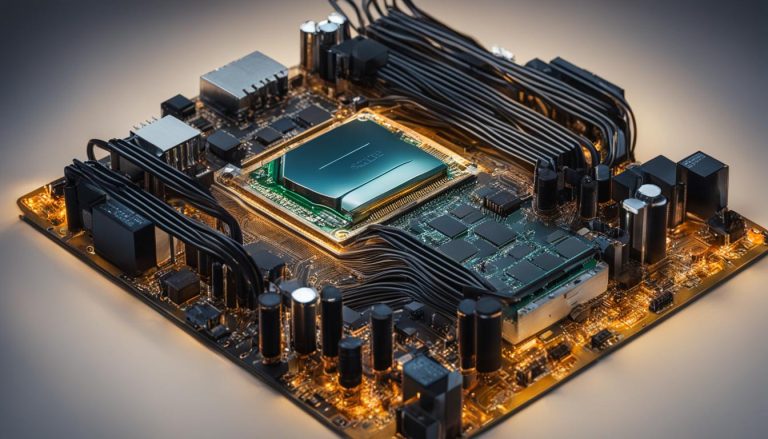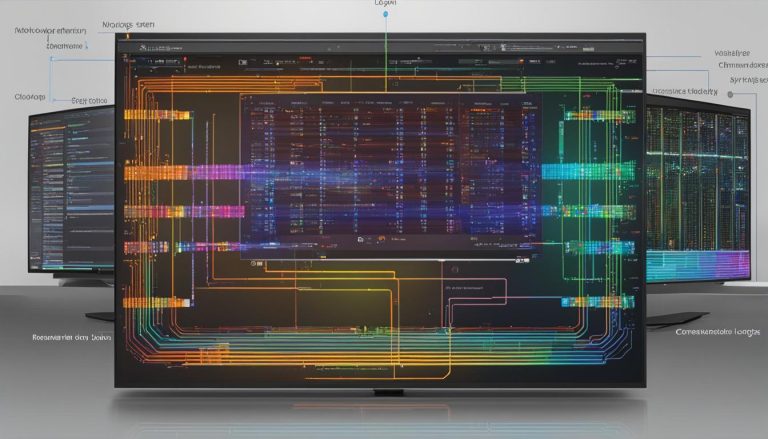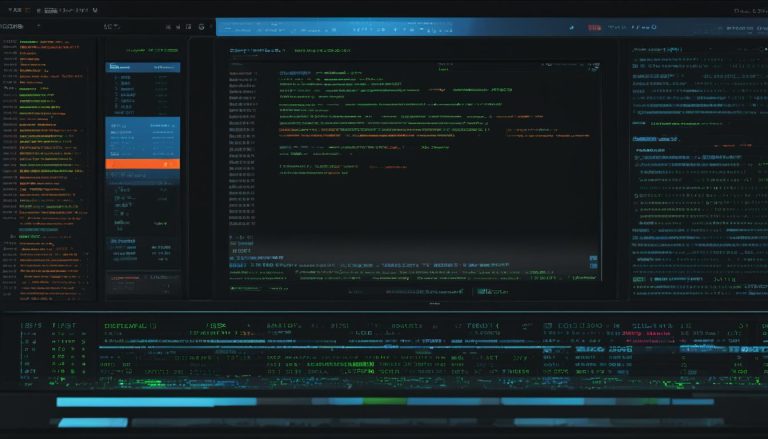Unraveling the Mystery: What is Ext4 (Fourth Extended Filesystem)

Welcome to my article where we dive into the world of Ext4, the Fourth Extended Filesystem used in Linux operating systems. In this informative piece, we will explore the key features and benefits of Ext4, shedding light on its significance…








